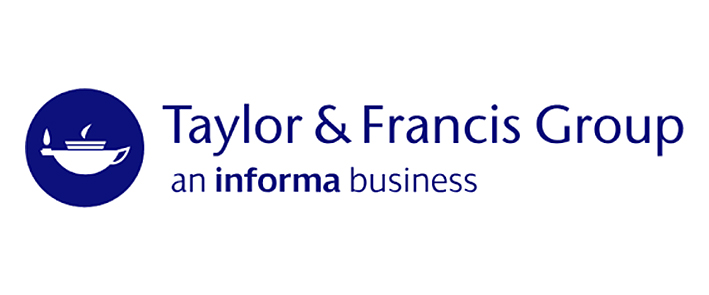Analyzing neural time series data :
xviii, 578 p., 16 unnumbered pages of plates : illustrations ; 24 cm. - (Issues in clinical and cognitive neuropsychology ) Content notes : Part I: Introduction--
1. The purpose of this book, who should read it, and how to use it--
2. Advantages and limitations of time and time-frequency-domain analyses--
3. Interpreting and asking questions about time-frequency results--
4. Introduction to matlab programming--
5. Introduction to the physiological bases of EEG--
6. Practicalities of EEG measurement and experiment design--
Part II: Preprocessing and time-domain analyses--
7. Preprocessing steps necessary and useful for advanced data analysis--
8. EEG artifacts: Their detection, influence, and removal--
9. Overview of time-domain EEG analyses--
Part III: frequency and time-frequency domains analyses--
10. The dot product and convolution--
11. The discrete time fourier transform, the FFT, and the convolution theorem--
12. Morlet wavelets and wavelet convolution--
13. Complex morlet wavelets and extracting power and phase--
14. Bandpass filtering and the Hilbert transform--
15. Short-time FFT--
16. Multitapers--
17. Less commonly used time-frequency decomposition methods--
18. Time-frequency power and baseline normalizations--
19. Intertrial phase clustering--
20. Differences among total, phase-locked, and non-phase-locked power and intertrial phase consistency--
21. Interpretations and limitations of time-frequency power and ITPC analyses--
Part IV: spatial filters--
22. Surface laplacian--
23. Principal components analysis--
24. Basics of single-dipole and distributed-source imaging--
Part V: Connectivity--
25. Introduction to the various connectivity analyses--
26. Phase-based connectivity--
27. Power-based connectivity--
28. Granger prediction--
29. Mutual information--
30. Cross-frequency coupling--
31. Graph theory--
Part VI: statistical analyses--
32. Advantages and limitation of different statistical procedures--
33. nonparametric permutation testing--
34. Within-subject statistical analyses--
35. Group-level analyses--
36. Recommendations for reporting results in figures, tables, and text--
Part VII: Conclusions and future directions--
37. Recurring themes in this book and some personal advice--
38. The future of cognitive electrophysiology--
References--
Index. Neural networks (Computer science). Computational neuroscience. Artificial intelligence - Biological applications.


























